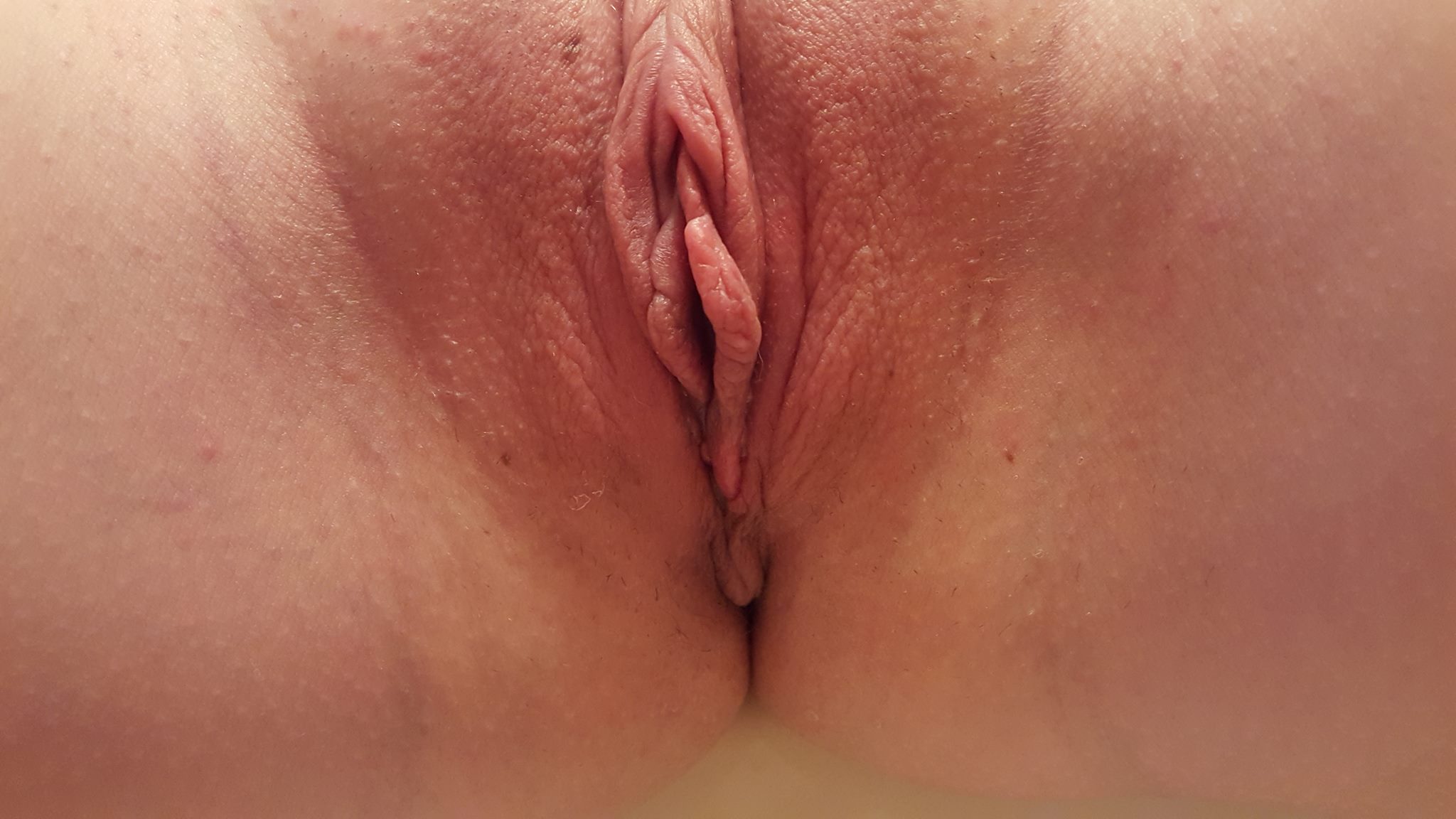 Dr. Traci Temmen is a board-certified plastic surgeon. Today, Dr. Temmen compares the results a woman can expect from a Brazilian butt lift and the gains that can be made from sculpting the posterior with squat exercises.
Dr. Traci Temmen is a board-certified plastic surgeon. Today, Dr. Temmen compares the results a woman can expect from a Brazilian butt lift and the gains that can be made from sculpting the posterior with squat exercises.
One of the most common questions I get asked by patients, and the most common comment I see on Instagram or Facebook, is “Can’t I get the same results as a Brazilian butt lift just by doing squats?” Because there is so much confusion over this topic, I’ve decided to clear the air once and for all!
Squat Goals
But first, a little anatomy lesson. The shape of the butt, and for that matter, the entire body, is determined by three different factors: 1) the bony structure, 2) the length/location and bulk of muscle, and most of all 3) the distribution and volume of fat.
A person’s bony structure cannot be changed and is determined by genetics alone. The length and location of muscles cannot be changed; however, muscle bulk can be increased with exercise and/or weight lifting. Fat cells can increase or decrease in size (i.e. volume) depending on a person’s weight, diet, and exercise, but the number and distribution (or rather density) of fat cells does not change after approximately two years of age and is determined by genetics and family history.
This explains why some people, for example, seem to carry all their extra weight in their abdomen or thighs — because of their genetics and family history they have a higher density of fat cells, and thus a higher volume of fat, in their abdomen or thighs. Thus, these areas are the first where they gain weight and the last areas from which they lose weight.

Unlike a gluteal implant, a BBL looks and feels natural.
Introducing the BBL
A Brazilian butt lift uses liposuction to transfer unwanted fat from your midsection to your behind, shaping it and providing extra volume. The BBL does not alter the bony structure of the buttocks, nor does it affect the length, location, or size of the muscles targeted by doing squats. However, during a Brazilian butt lift, fat is removed via liposuction from areas of high fat cell density/volume (usually the abdomen, flanks, iliac rolls, and back), and transferred to areas of lower fat cell density/volume (in this case, the lateral hips, buttocks, and sometimes upper thighs). Thus, a Brazilian butt lift is able to sculpt a beautiful, curvy shape for those patients where diet and exercise alone cannot.
Related: “When can I start doing squats after BBL?”
A Brazilian butt lift does not alter the bony structure of the buttocks, nor does it affect the length, location, or size of the muscles targeted by doing squats. However, during a Brazilian butt lift, fat is removed via liposuction from areas of high fat cell density/volume (usually the abdomen, flanks, iliac rolls, and back), and transferred to areas of lower fat cell density/volume (in this case, the lateral hips, buttocks, and sometimes upper thighs). Thus, a Brazilian butt lift is able to sculpt a beautiful, curvy shape for those patients where diet and exercise alone cannot.
It may be surprising to some, but those patients interested in a Brazilian butt lift often do more squats, lunges, and “glute” exercises than anyone else. However, because of genetics and family history, these patients’ bodies typically have shorter gluteus maximus muscles and an unfavorable distribution and density of fat, usually in the abdomen, lower back, and “love handles,” that obscures and distorts the true gluteal shape despite rigorous diet and exercise.
The next logical question, then, is why do some men and women who follow a strict diet and exercise regime, and do a lot of squats, have a perfect butt? That’s because through careful diet and exercise, they are able to capitalize on and augment their favorable anatomy. Because of their genetics and family history, these people often have well-placed gluteal muscles and a lower density of fat cells (which then determines volume of fat) in the abdomen, lower back, and flank areas. Thus, their gluteal shape can be seen and admired more readily!!
Advantage: BBL
So, the short answer is: for some unlucky women, due to their genetics and family history, doing squats, having a strict diet and exercise program will unfortunately NOT provide the same results as a Brazilian butt lift. For those patients with a more favorable anatomy and family history, it can! To see if you are a candidate for a Brazilian butt lift, or any other cosmetic surgery procedure you might be curious about, book a one-on-one consultation with Board Certified Plastic Surgeon Traci Temmen, MD: 813-771-6393
 These procedural differences allow for the achievement of a look that does not alter the complete appearance of the patient. With a more natural look, each procedure is individualized producing a unique result according to the patient’s ethnic background, cosmetic desires, and anatomy. A typical procedure is fairly quick and the patient is able to return home the same day. Recovery time frame varies but most patients are able to return to work after one week and normal daily life after approximately two weeks. Bruising and swelling will minimize as time passes but some signs of it can continue to be expected for up to four weeks. Although some patients are able to see the final results sooner than others, it can take up to six months for the final appearance of the nose to be seen. Regardless of the issues you have concerning your nose, Dr. Temmen can help you achieve the look and shape you desire.Book your one-on-one consultation with Board Certified Plastic Surgeon Dr. Traci Temmen today: 813-771-6393 or Email
These procedural differences allow for the achievement of a look that does not alter the complete appearance of the patient. With a more natural look, each procedure is individualized producing a unique result according to the patient’s ethnic background, cosmetic desires, and anatomy. A typical procedure is fairly quick and the patient is able to return home the same day. Recovery time frame varies but most patients are able to return to work after one week and normal daily life after approximately two weeks. Bruising and swelling will minimize as time passes but some signs of it can continue to be expected for up to four weeks. Although some patients are able to see the final results sooner than others, it can take up to six months for the final appearance of the nose to be seen. Regardless of the issues you have concerning your nose, Dr. Temmen can help you achieve the look and shape you desire.Book your one-on-one consultation with Board Certified Plastic Surgeon Dr. Traci Temmen today: 813-771-6393 or Email



 Dr. Traci Temmen is a board-certified
Dr. Traci Temmen is a board-certified 

 On examination, the patient had a small amount of postoperative bleeding and swelling, which is all normal. Despite this, I could tell she was going to have a dramatic improvement in her level of comfort and appearance once she was completely healed. I emphasized with the patient to spend the weekend relaxing, wear the postoperative compression garment as instructed, and to use ice packs as necessary. Finally, I arranged to see her again in 3 days for her second postoperative appointment.
On examination, the patient had a small amount of postoperative bleeding and swelling, which is all normal. Despite this, I could tell she was going to have a dramatic improvement in her level of comfort and appearance once she was completely healed. I emphasized with the patient to spend the weekend relaxing, wear the postoperative compression garment as instructed, and to use ice packs as necessary. Finally, I arranged to see her again in 3 days for her second postoperative appointment. October’s patient of the month had her
October’s patient of the month had her  My October 2015 patient of the month came in to the office, Temmen Plastic Surgery, for her preoperative labiaplasty surgery appointment approximately one and a half weeks prior to her surgery. Because her surgery would be performed under local anesthesia (i.e. without general anesthesia or the need of a breathing tube), she did not need the normal preoperative laboratory studies, and I was able to schedule her preoperative appointment closer to her day of surgery.
My October 2015 patient of the month came in to the office, Temmen Plastic Surgery, for her preoperative labiaplasty surgery appointment approximately one and a half weeks prior to her surgery. Because her surgery would be performed under local anesthesia (i.e. without general anesthesia or the need of a breathing tube), she did not need the normal preoperative laboratory studies, and I was able to schedule her preoperative appointment closer to her day of surgery. It goes without saying that any woman considering a
It goes without saying that any woman considering a 


 About Dr. Temmen
About Dr. Temmen Virtual Consultation
Virtual Consultation Testimonials
Testimonials Blog
Blog